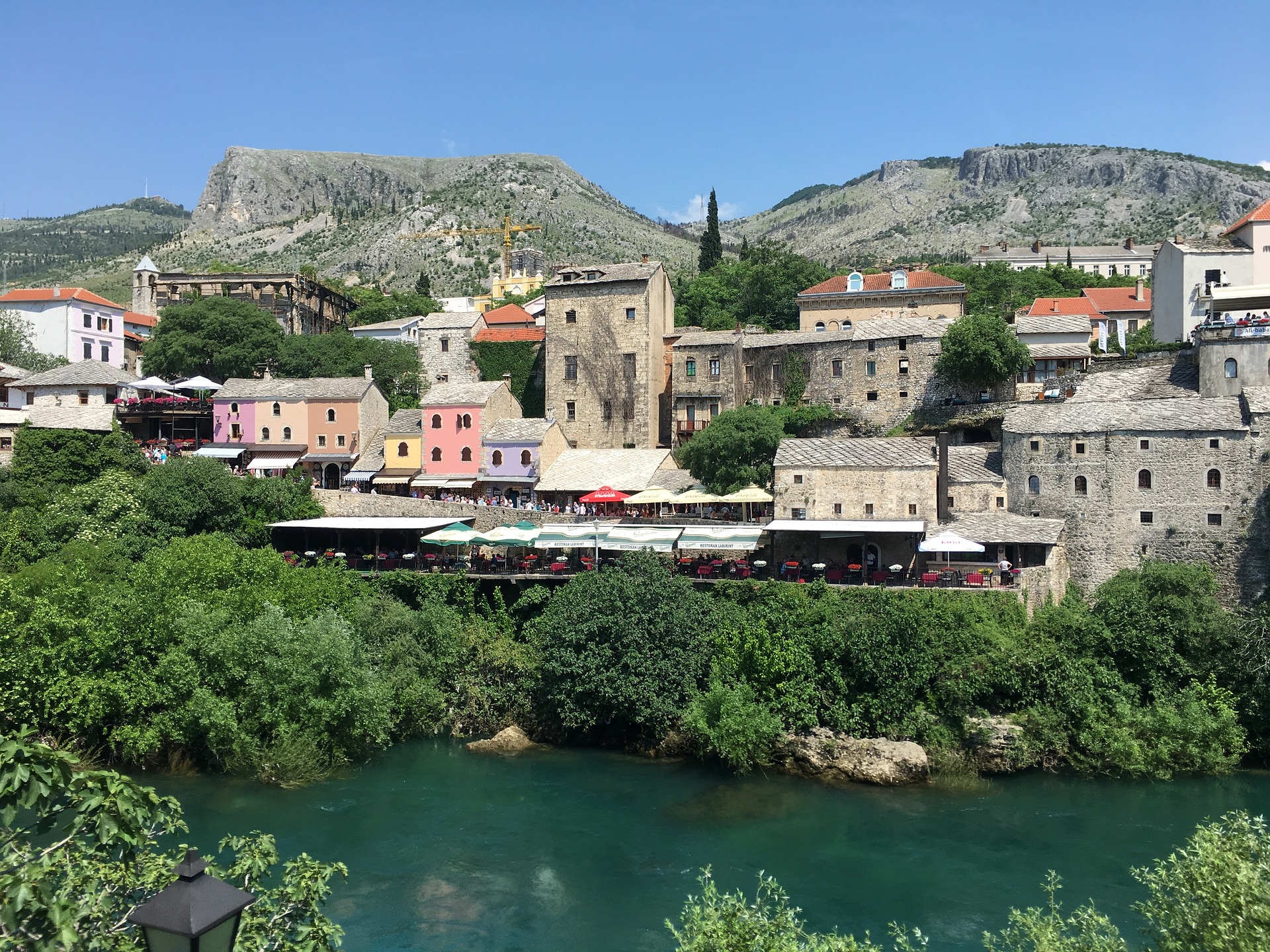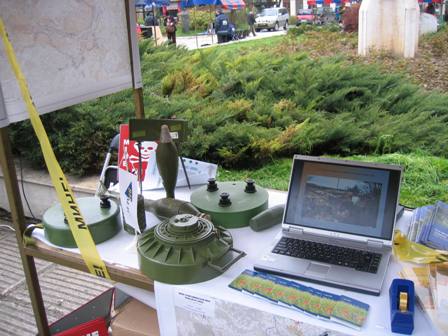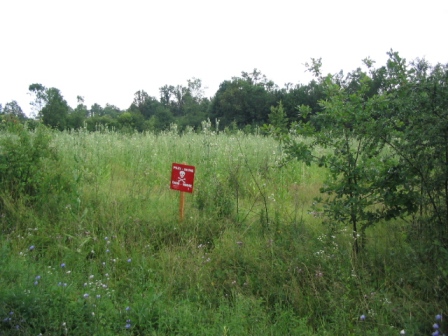
The 90's wars are still claiming victims
The Ukraine war is hindering the process of removing land mines in Bosnia-Herzegovina, warns the designated centre's director in charge. As the international community's attention shifts to other conflicts, the previously established goal of clearing the country of landmines by 2027 appears to be in jeopardy.
Can mine clearance be completed by 2030?
Since the Balkan wars of the 1990s, 624 people have died by stepping on landmines in Bosnia, and 53 of them were professional mine clearance specialists.
Approximately 180,000 landmines remain in the Balkan state, posing a direct threat to the lives of 130,000 people in the region, a 2020 survey revealed. A realistic deadline for completing the removal of landmines could be 2030, but this can only be achieved if all parties involved will contribute, Sasha Obradovic, the director of the centre in charge told Radio Free Europe in a recent interview. However, the expert is sceptical about the timeline, arguing that donors have shifted their focus to other conflict zones, resulting in less attention on Bosnia.

Photo: Demining Centre
According to estimates, Bosnia-Herzegovina still has landmines on some 860 square kilometres, accounting for about 1.69 per cent of the country’s total area. The number of deaths from landmines has steadily decreased in recent years. Since 2009, a total of 58 people have lost their lives to landmines. However, casualties still occur; for instance, in March this year, a 48-year-old man died after stepping on a mine in the Doboj area.
The man died after entering the area covered by landmines in order to collect war shells, the Republican Directorate of Civil Protection said.
„It’s really a heavily mined area, and the worst part is that PROM mines were used, which, as you can see, are still active,”
Dragan Kos, the deputy chief at the demining directorate, explained.
Necessity overwrites all other considerations
The danger is significant, but locals don’t seem to care and regularly enter the restricted areas. Salko Hodzic from Svjetlica says it’s necessity that drives people to take such risks.
„Residents go there mainly to cut down trees and to sell them. Many make a living doing this,” Mr Hodzic revealed.
Bosnians are aware of the dangers of entering areas that still have active landmines, but they do it regardless, as their livelihoods often depend on it.

Photo: Demining Centre
The Zeljava airport is a typical example of the difficult and complex task of mine clearance in Bosnia and Herzegovina. This airport is located in the north-west of the country, near the Croatian border.
It used to be a base for the Yugoslav People’s Army (JNH), but has not been in use for more than 30 years, since 1992. Experts estimate that the surrounding area still boasts active landmines on around two million square metres. The situation is further complicated by the fact that landmines have been laid not just by the JNH, but also by the Republika Srpska (RS), Bosnians and Croats, rendering it impossible to get accurate and reliable data on where they might be.
The removal on landmines from the area started on 14 March and is scheduled to be completed by the second half of 2024. The works are funded from the state budget and carried out by the Bosnian armed forces.
Once the airport has been cleaned, the locals plan to use the area for tourism purposes. For this, however, the area must be safe, which is no small task.
Very few apply to be mine clearance specialists
The biggest problem is that the demining centre does not have enough resources to do the job, either in terms of staff or money, director Sasa Obradovic pointed out.
Another problem is that very few people apply to be deminers, Mr Obradovic added. It is an underpaid and dangerous profession. This year, a total of around 15.4 million euros are earmarked for mine clearance in Bosnia and Herzegovina, financed through various aids and the central budget.

